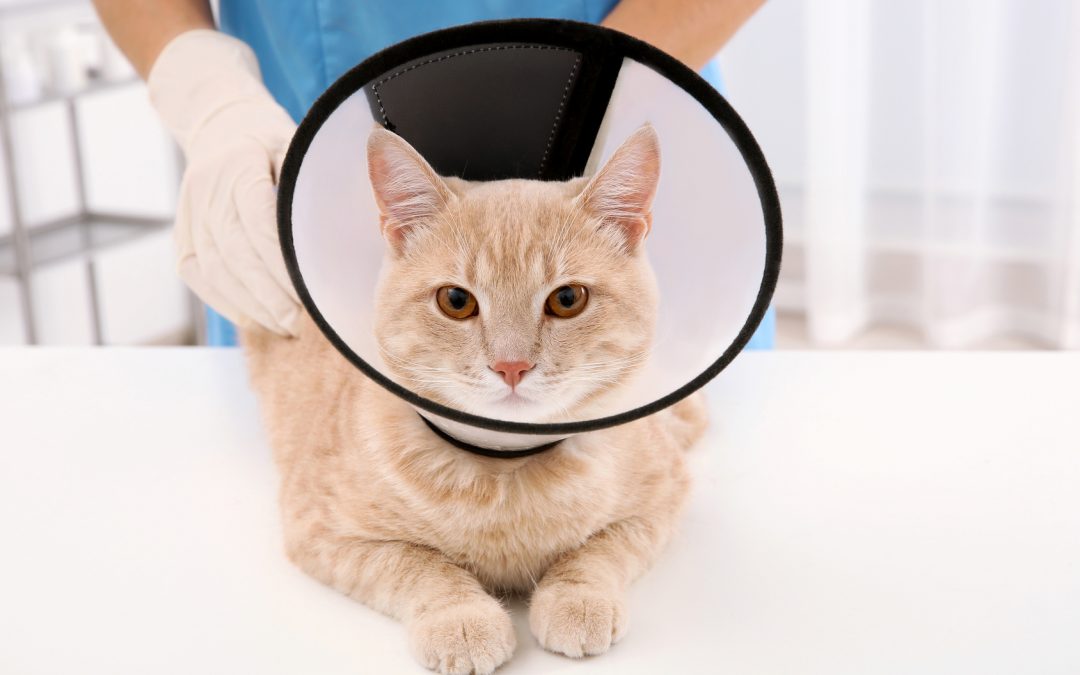
It’s hip to snip!
Many pet owners opt to spay or neuter their pets. Spaying and neutering are important for preventing unplanned or unwanted litters and reducing pet overpopulation.
American Veterinarian Medical Association says that by having your pet spayed or neutered, you will do your part to prevent the birth of unwanted animals.
What’s more, you could be setting your pet up for a longer life, as studies have repeatedly shown that spayed or neutered dogs and cats live longer, on average, than other dogs and cats. This advantage is likely due to the health and behavioral benefits of the procedures.
They say that established health benefits include protection against some potentially serious diseases. Spaying female dogs and cats can prevent uterine infection and reduce the risk of breast cancer. Neutering males can eliminate their risk of testicular cancer and reduce their risk of developing enlarged prostate glands.
Behavioral benefits relate directly to the decreases in certain sex hormones that occur after spaying or neutering. Removing a female dog or cat’s ovaries eliminates their heat cycles and generally reduces mating-related behaviors that may frustrate owners. Removing a male dog or cat’s testicles reduces their breeding instinct, resulting in less roaming and fewer urine-marking behaviors.
While both spaying and neutering are major surgical procedures, they are also the most common surgeries performed by veterinarians on cats and dogs. Like any surgical procedure, sterilization has some risks, typically low, related to the procedures themselves and to the anesthesia.
Before the procedure, your veterinarian will thoroughly examine your pet to ensure they’re in good health. General anesthesia will be used to keep your pet comfortable and asleep during the surgery, and medications will be given to minimize pain. After surgery, you’ll be asked to keep your pet calm and quiet for a few days, as the incision begins to heal.
Risks of spaying or neutering are related to hormonal changes that may come with the procedure. Spayed and neutered dogs and cats are more at risk of becoming overweight. Fortunately, your veterinarian can provide you with personalized nutritional and exercise recommendations to help keep your pet on a healthy course. In dogs, other potential risks include urinary incontinence in females, and certain types of cancer and joint disease.
The American Association of Feline Practitioners, Association of Shelter Veterinarians, and several cat advocacy groups support spaying or neutering of cats by five months of age. This recommendation is based on the known benefits of sterilization, and the lack of evidence of harm related to the age when the procedure is performed.
When it comes to dogs, there is no one-size-fits-all recommendation. The optimal timing of spaying or neutering is as individual as your pet. Your veterinarian can help you decide based on your dog’s breed, age, sex, personality, role (e.g., pet or working dog), home environment, and health status.
Contrary to popular belief, there is no known benefit to delaying the spay procedure until a female dog or cat has gone through their first heat.
Did you know that the HBSPCA offers a spay/neuter program for cats? Learn more here https://www.hbspca.com/spay-neuter/community-assistance-program/

